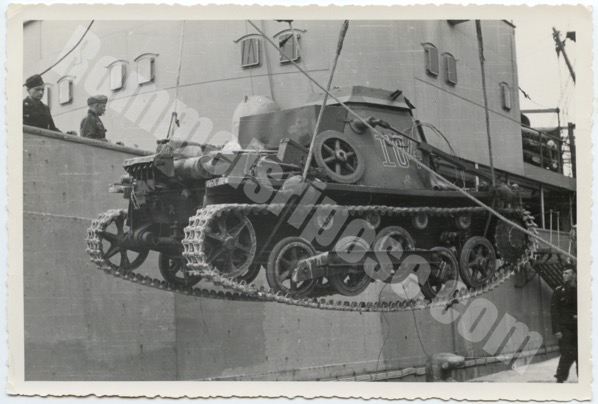In the study compiled by the Plans Office of the Navy General Staff dating back to May 1938 it was recognized that the theoretical potential of the Libyan ports, also using maones or barges (small and very small vessels with almost zero draft) for the landfill would allow the simultaneous inflow and unloading of ships to the following extent:
Tripoli: 5 cargo ships and 4 for troop transport.
Benghazi: 3 cargo ships and 2 for the transport of troops (however reduced to only 3 ships overall, excluding the possibility of carrying out operations at anchor once the hostilities have started).
Tobruk: 3 cargo ships and 2 troop ships;
with a landing capacity of one thousand men per hour and unloading a quantity of goods oscillating, in '38, between the thousand tons per day of Benghazi and the two thousand tons of Tripoli.
The above figures corresponded very exactly to the logistical capacity of ports in peacetime. However, they no longer corresponded to the reality of the facts as soon as the war began to widespread destruction in the equipment of the Libyan ports and in the masonry structures of the ports themselves. It can be assumed that by mid-1941 the logistical capacity of the port of Tripoli was already reduced by approximately 50%. Benghazi and Tobruk, then, when these ports returned to Italian hands after the British occupation, they were never able to unload more than two or three steamships at the same time at a rate that, only in exceptional cases, reached 7-800 tons per day. Indeed, in Benghazi, for many weeks in 1940 and for almost the whole of 1941, it was never considered convenient to send convoys formed by large steamships because that port had no way of unloading them. Traffic for Benghazi, between the Italian re-occupation (April 6, 1941) and the second British occupation (December 27, 1941), was in fact limited only to a few rare small-tonnage steamers coming isolated from Italy (P.fi EGYPT, CYCLICIA, cist OSSAG, CAPO D'ORSO), and to the boats of local use used to shuttle along the Libyan coast to sort the materials that flowed to Tripoli towards the operational front. Only in August 1941 six medium-tonnage merchant ships were launched in Benghazi, among which the OSSAG tank (but this was the maximum peak of the whole 1941).
La Marina Italiana nella seconda guerra mondiale vol6 Roma 1978
All the best
maurizio
 www.naviearmatori.net
www.naviearmatori.net



